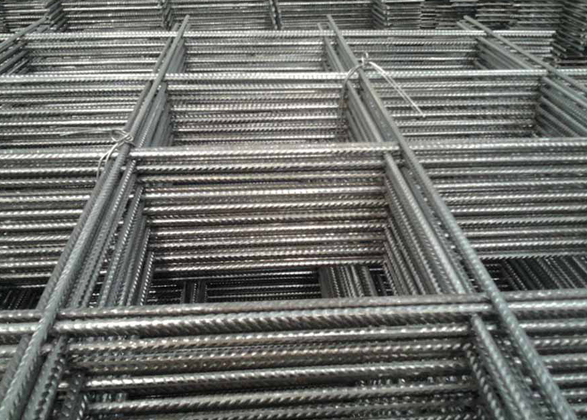When it comes to selecting the right wire mesh for your project, stainless steel stands out as a versatile and durable option. Understanding the factors that contribute to choosing the right stainless-steel wire mesh is crucial for achieving optimal results. This guide will walk you through the key considerations to ensure you make an informed decision for your specific needs.
Material Composition
Stainless steel wire mesh is available in various grades, each with unique properties. Consider factors like corrosion resistance, strength, and durability when selecting the material composition. Common grades include 304, 316, and 316L, each offering different advantages depending on the application.
Mesh Size and Weave Pattern
The mesh size and weave pattern play a crucial role in determining the functionality of the wire mesh. Smaller mesh sizes are suitable for finer filtration, while larger sizes are ideal for heavy-duty applications. Additionally, understanding the weave pattern, whether it's plain, twill, or Dutch, helps you choose the right mesh for specific structural and aesthetic requirements.

Stainless-Steel Wire Mesh
Wire Diameter
Wire diameter contributes to the overall strength and stability of the wire mesh. Thicker wires provide increased strength, making them suitable for heavy-duty applications, while thinner wires are more flexible and suitable for finer mesh. Assessing the wire diameter in correlation with your project requirements is essential for optimal performance.
Application-Specific Considerations
Consider the specific requirements of your application when choosing stainless-steel wire mesh. Factors such as temperature exposure, chemical exposure, and environmental conditions will impact the longevity and performance of the mesh. Ensure the selected wire mesh is tailored to withstand the conditions it will be exposed to.
Cost and Budget Constraints
While stainless-steel wire mesh offers durability and longevity, it's essential to consider your budget constraints. Different grades and specifications come with varying price points. Evaluate the cost-effectiveness of the options available and choose a mesh that aligns with your project's budget without compromising on quality.
Questions and Answers
Q: What grade of stainless steel is suitable for corrosive environments?
A: For corrosive environments, consider using 316 or 316L stainless steel, as they offer excellent corrosion resistance properties.
Q: How do I determine the right mesh size for my filtration needs?
A: Assess the particle size you need to filter, and choose a mesh size that allows for efficient filtration without clogging.
Q: Can stainless-steel wire mesh be used in outdoor applications?
A: Yes, stainless-steel wire mesh is highly resistant to corrosion, making it suitable for outdoor applications where it may be exposed to the elements.
In conclusion, selecting the right stainless-steel wire mesh involves careful consideration of material composition, mesh size, weave pattern, wire diameter, application-specific needs, and budget constraints. By understanding these factors, you can make an informed decision that ensures the success of your project.
Heyou Wire Mesh can produce National Standard reinforcing mesh, Australian/New Zealand Standard AS-NZS4671-2001 Reinforcement Mesh, British Standard BS4483 fabric reinforcement/reinforced mesh, Osterreichische Norm B4200-7 Grids and reinforcing meshes, Germany Standard DIN488 SD Reinforcing Mesh, Normes Francaises NFA35-016 Steel Rebar Mesh and Swiss Standard SIA 16211 S550 Reinforcement Wire Mesh.









